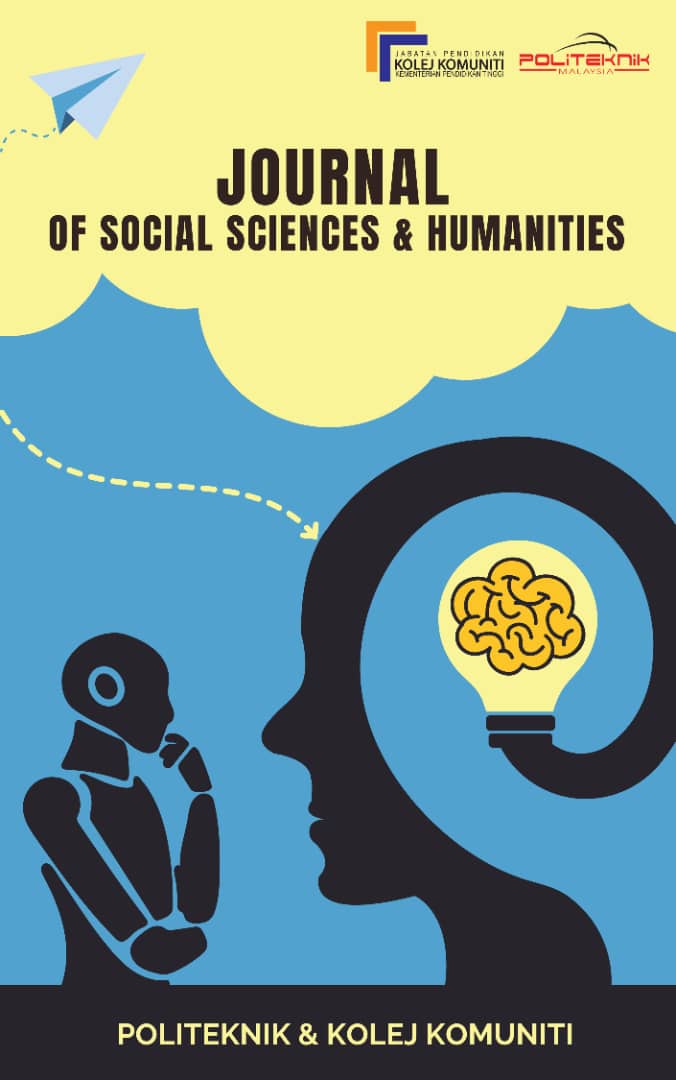Kajian Terhadap Penyembur Racun Perosak Dengan Menggunakan Solar Panel Polikristal
Abstract
Pesticide sprayers are important to protect crops from pests and enhance crop yields. Small farmers rely heavily on the use of pesticide to maintain pest control. Manual pesticide sprayers calibrate at a pump flow rate of 20-30 pumps per minute. Maintaining constant pump pressure is challenging due to the lack of human labour, causing quick exhaustion amongst farmers. Furthermore, an inconsistent spraying pressure adversely effects pest control. Inferior batteries used for manual pesticide sprayers further aggravate the problems. It is estimated that at least 50%-80% of pesticide used by farmers are wasted due to the inadequate methods of spraying. In Malaysia, solar panel pest control is still dominant. Manual pesticide sprayers rely heavily on farmer skills to operate the pesticide sprayers simultaneously while charging the battery. This study aims to identify the effectiveness of pesticide sprayers using solar panel, deriving its energy source from sunlight at a constant pump flow rate throughout. The pesticide sprayer is designed from available materials, using solar energy powered by 12V batteries, a 20W capacity polycrystal solar panel and an electronic circuit to control spraying pressure from 0 to 4 bars. The pesticide sprayer is powered by sun rays received by the panel solar, a DC battery-operated motor and a pump to spray the pesticide (in a liquid form) relying on farmer manual labour. Results show that the spraying period takes up more than 5 hours daily at a constant pressure, compared to manual pesticide sprayers which rely only on battery power, of between 1 to 3 hours daily, without a stable flow rate of 2.70 l/minute. With technological advancement, solar panel and solar energy-based pesticide sprayers are more practical and economical in the agricultural sector. The amount of pesticide sprayers used can also be controlled to accommodate plant age and its state of growth.
Downloads
Published
Issue
Section
License
Copyright (c) 2023 Politeknik & Kolej Komuniti Journal of Life Long Learning

This work is licensed under a Creative Commons Attribution-NonCommercial-NoDerivatives 4.0 International License.









